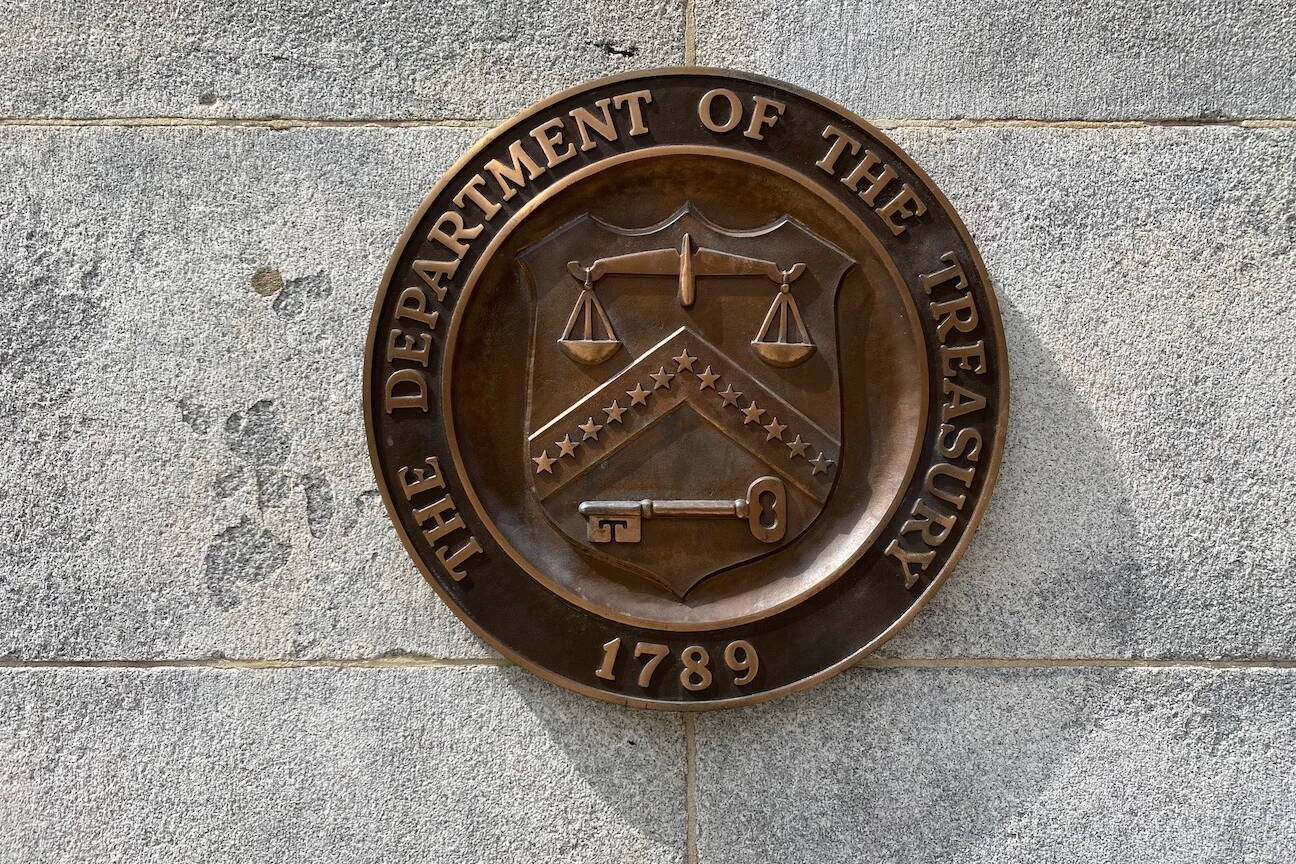Up to $83 million in federal funds have been approved for small business loans to be offered through a consortium of Alaska tribes. Announced on Tuesday, the funds are part of the U.S. Treasury’s broader effort to support tribal economies, with up to $415 million being funneled into developing the economies of 220 tribes, according to a Treasury news release.
Of that group, 125 tribes make up the consortium from Alaska. “These funds will serve some of the most rural populations in the United States, creating jobs and expanding capital access for Tribes across Alaska,” said Chief Lynn Malerba, the treasurer of the United States. She is the first Native American to serve in the position, which oversees federal gold deposits and other assets, as well as currency and coinage production.
The funds, which are part of the Biden administration’s American Rescue Plan, will be administered by the Alaska Small Business Development Center.
They are part of the center’s State Small Business Credit Initiative, a federally funded program that aims to attract investors and lenders to businesses that aren’t typically competitive for loans and the collateral needed to receive some loans.
Rena Greene, the deputy director and acting executive director of Nome Eskimo Community, said that her Tribe looked forward to the “transformational impact” of the funding.
She mentioned the port expansion and a new graphite mine in Nome, and said that the funding will improve infrastructure, energy, and economic development for the community ahead of the upcoming projects. This funding opportunity, she said, was “once in a generation.”
Jon Bittner, the executive director of the Alaska Small Business Development Center, said that the funds will lower the risk profile of businesses in rural Alaska that have not historically received investment. The center, part of the University of Alaska Anchorage, provides resources, advice and assistance to help small businesses grow.
“At its sort of base level, this is going to drive private sector investment into businesses and into communities that otherwise wouldn’t have been able to get it,” Bittner said. He also said that small businesses are especially impactful in rural areas – for example, a store that hires five people could increase the hiring opportunities in that community by 10% or 15%.
Small businesses that meet the criteria of the program can receive up to a 50% loan guarantee, said Bittner, while tribal member-owned businesses can receive up to 80%. “We think that’s going to drive the lenders to really seek out a lot more tribal member-owned business deals than they would otherwise,” Bittner said.
Businesses owned by socially and economically disadvantaged individuals can also qualify for the tribal program, Bittner said, which could include businesses that are rural, women-owned, or LGBTQ-owned.
The new program is similar to the center’s existing state program, which launched in 2023 with $59 million in funding. The key difference between the state and tribal programs, according to Bittner, is the tribal program’s extra incentives for Native-owned businesses. Additionally, borrowers must be socially and economically disadvantaged to qualify for tribal funding. The state program does not have the same requirement, though it does prioritize support for businesses owned by individuals from underserved groups.
According to Bittner, the funds will be deployed into four different programs. The largest portion of funds, $39.7 million, will be directed into a loan guarantee program, while $10.3 will be directed into a loan participation program.
Meanwhile, $12 million will provide loan collateral, especially for “hard to collateralize” businesses, Bittner said. He cited an example of commercial fishing tourism in rural areas, where the isolation typically makes collateral “kind of a nonstarter, to be honest.”
Finally, $22.9 million is directed to an equity capital program, which provides a one-to-one match of private sector investment capital, which the center hopes will drive equity investment into rural and remote Alaska.
The program has already received interest from fish processors in rural parts of the state and some individual fishermen, said Nicole Borromeo, the executive vice president and general counsel for the Alaska Federation of Natives. “A lot of our Native corporations run the general stores out in our villages, and we know that there could be some interest there,” she said.
Bittner said that the center hopes to catalyze up to $750 million in new investments in the state over the 10-year lifetime of the program.
U.S. Rep. Mary Peltola, D-Alaska, said in a news release that the funding will help grow the economy “the Alaska way, not the Lower 48 way.”
• This article originally appeared online at alaskabeacon.com. Alaska Beacon, an affiliate of States Newsroom, is an independent, nonpartisan news organization focused on connecting Alaskans to their state government.

